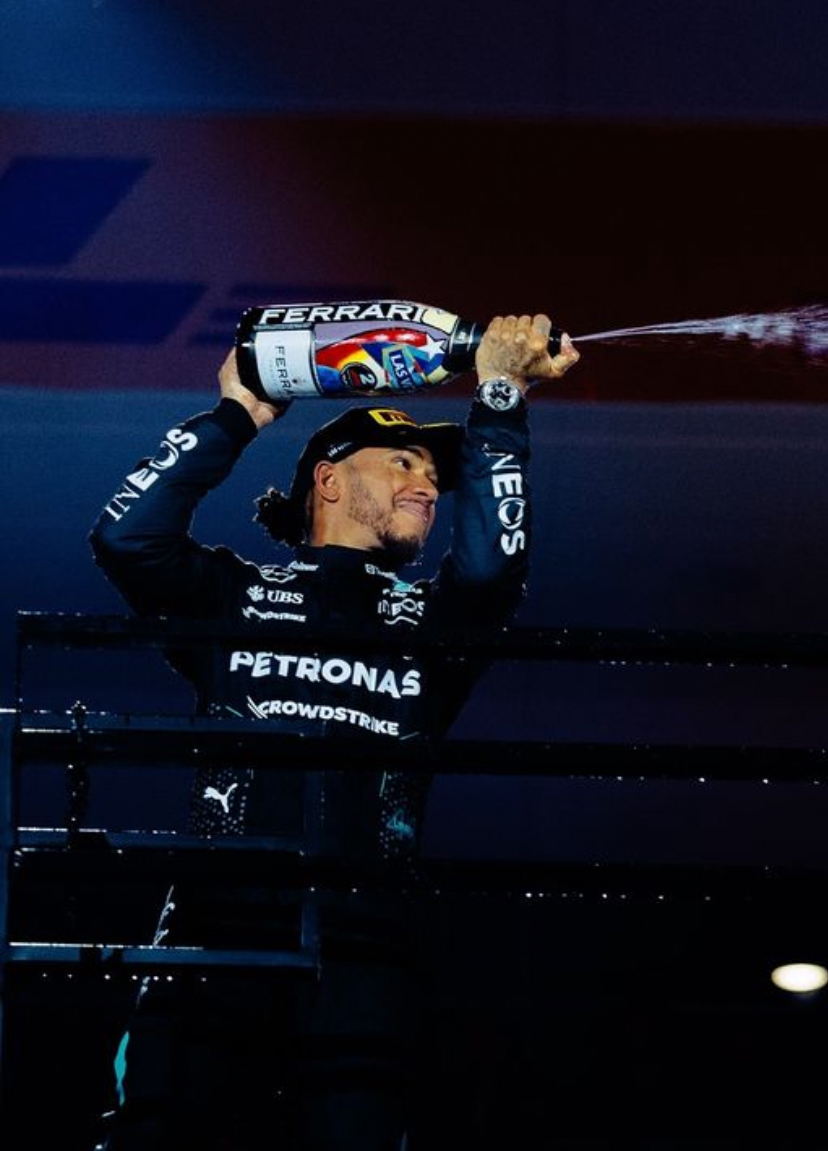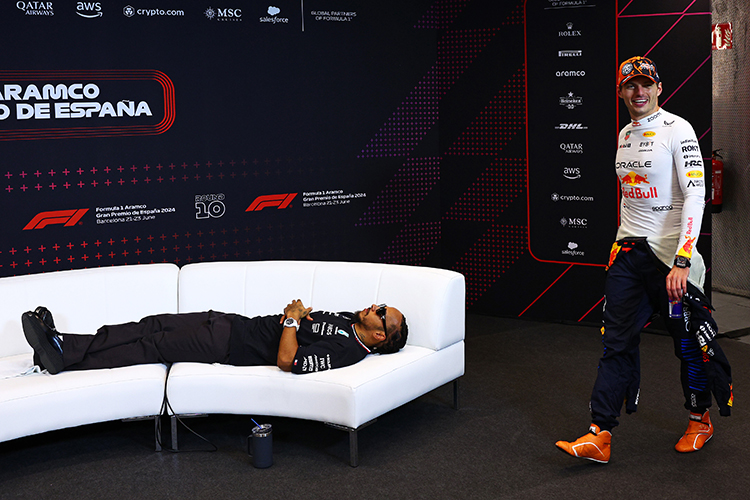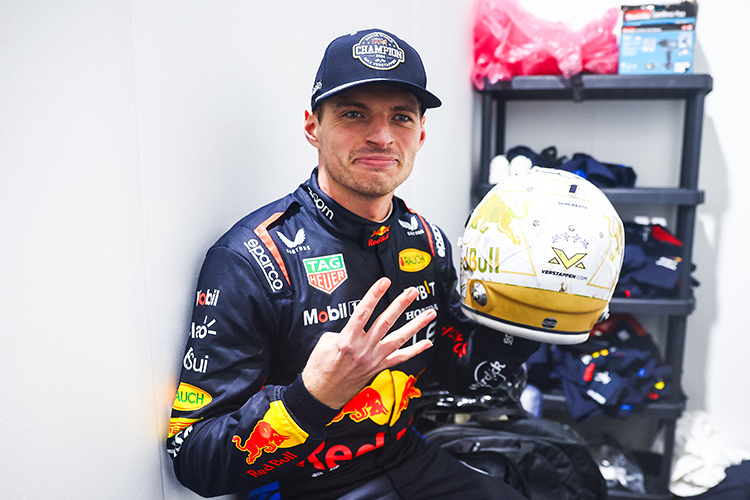F1 2026 Rule Proposal Could Be 'Killer' for Small Teams, Says Haas Boss

Read next: Formula 1 World Champions — A legacy of racing legends
Haas team principal Ayao Komatsu criticizes proposed F1 2026 rules that would require top teams to design their own components. New regulations and power units spark debate.
Haas Formula 1 team principal Ayao Komatsu has voiced strong opposition to a proposed rule that would mandate top teams to design and manufacture their own components starting from the 2026 season. This potential change to F1’s regulations, aimed at increasing self-sufficiency among teams, could significantly impact smaller teams like Haas, which relies on external suppliers for its car components.
Haas' Unique Model Under Threat by F1 2026 Rule
Haas has employed a distinctive approach to its Formula 1 operation, with the team’s chassis built by Dallara and most of the allowable components sourced from Ferrari. However, a new rule under consideration for the 2026 regulations could force the team to abandon this model, changing the landscape for smaller teams in F1.
According to a report by Auto Motor und Sport, the proposal, supported by teams such as Aston Martin, Williams, and Alpine, would require customer teams finishing in the top five of the Constructors’ Championship to design and build all of their own components. These teams would be given a three-year period to implement this change, beginning in 2026.
Komatsu Criticizes Proposal, Calls It a 'Killer' for Small Teams
Komatsu has been quick to criticize this proposal, emphasizing that it would put smaller teams like Haas at a significant disadvantage. In his view, the move could severely hinder the competitiveness of underfunded teams in Formula 1.
“That would be a killer for the small teams,” Komatsu said, adding that if Formula 1 truly wants to maintain a level playing field, this rule would need to be rejected. “What could be better for the sport if David wins against Goliath? What fan cares whether the gearbox or the suspension comes from Ferrari or us?”
He also pointed out that the current Haas model, which involves purchasing components from Ferrari, does not provide any unfair competitive advantage under F1’s cost cap regulations.
“We are given a nominal equivalent value in the budget cap for the components we buy. This is so high that we have no advantage,” he clarified, stressing that the system in place is fair and in line with the cost restrictions F1 teams must adhere to.
Haas' Current Position in F1 2024
As of the 2024 season, Haas is in seventh place in the Constructors’ Championship standings, just three points behind Alpine. With one final season left under the current F1 regulations before the introduction of the 2026 changes, Haas is looking to secure its position and maximize its performance before the new rules come into play.
Concerns Over 50/50 Power Unit Split for F1 2026
In addition to the concerns regarding component design, the proposed changes to F1’s power units for 2026 have also sparked concern among industry figures. The new power units will feature a 50/50 split between internal combustion engines (ICE) and electrical energy deployment, a shift that has raised questions about the future of engine performance in F1.
13-time F1 race winner and pundit David Coulthard has voiced his apprehension about this significant change. On the Formula For Success podcast, Coulthard expressed concern about the potential impact of the power unit split on the sport’s competitiveness, stating, “I’m concerned about the 50/50 split between internal combustion engine and the electrical energy deployment that we’ll see in ’26.”
However, Coulthard remains open to seeing how the changes unfold, adding, “But, got to have an open mind. You can’t write these things off until you’ve actually seen how it delivers.”
Conclusion: Will F1 2026 Be a Turning Point for Small Teams?
The proposed changes to Formula 1’s regulations for the 2026 season are causing significant concern, especially among smaller teams like Haas, who rely on customer-supplier relationships to compete. The introduction of a mandatory requirement to design and manufacture all components for top teams could have far-reaching consequences for the sport’s competitive balance. Haas team principal Ayao Komatsu has made it clear that such a rule would be detrimental to smaller teams and could lead to an unfair playing field.
With the 2026 power unit changes also on the horizon, teams and drivers alike will be watching closely to see how these regulations unfold. As the sport continues to evolve, the balance between innovation, competition, and cost control will be key to ensuring that Formula 1 remains accessible and exciting for all teams, big and small.
Up Next



